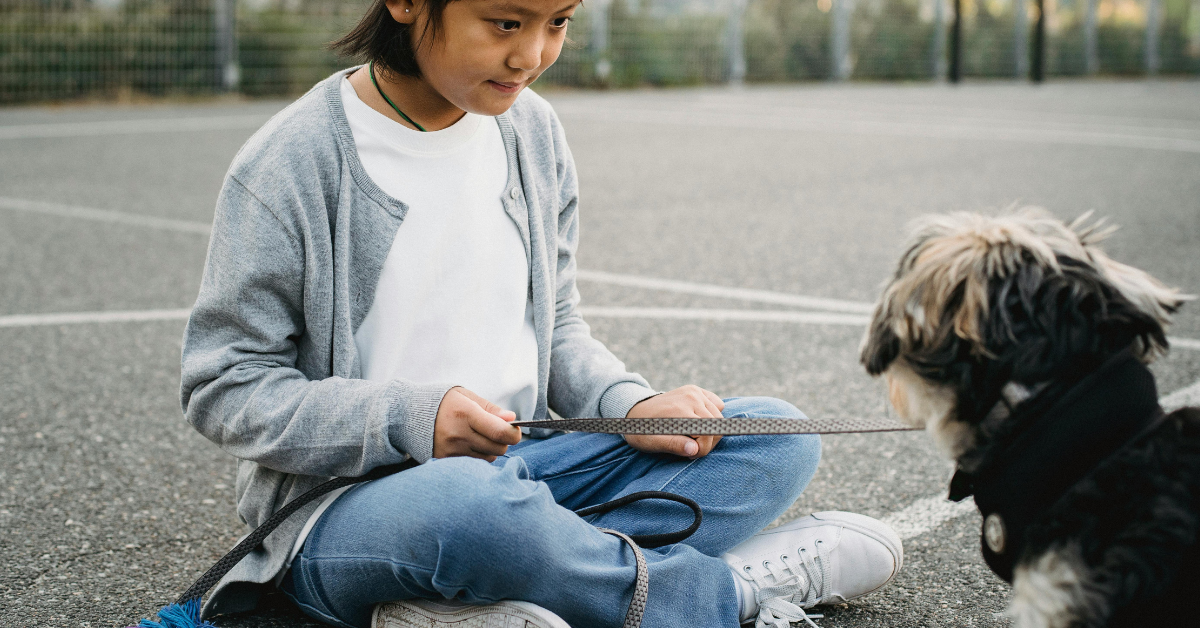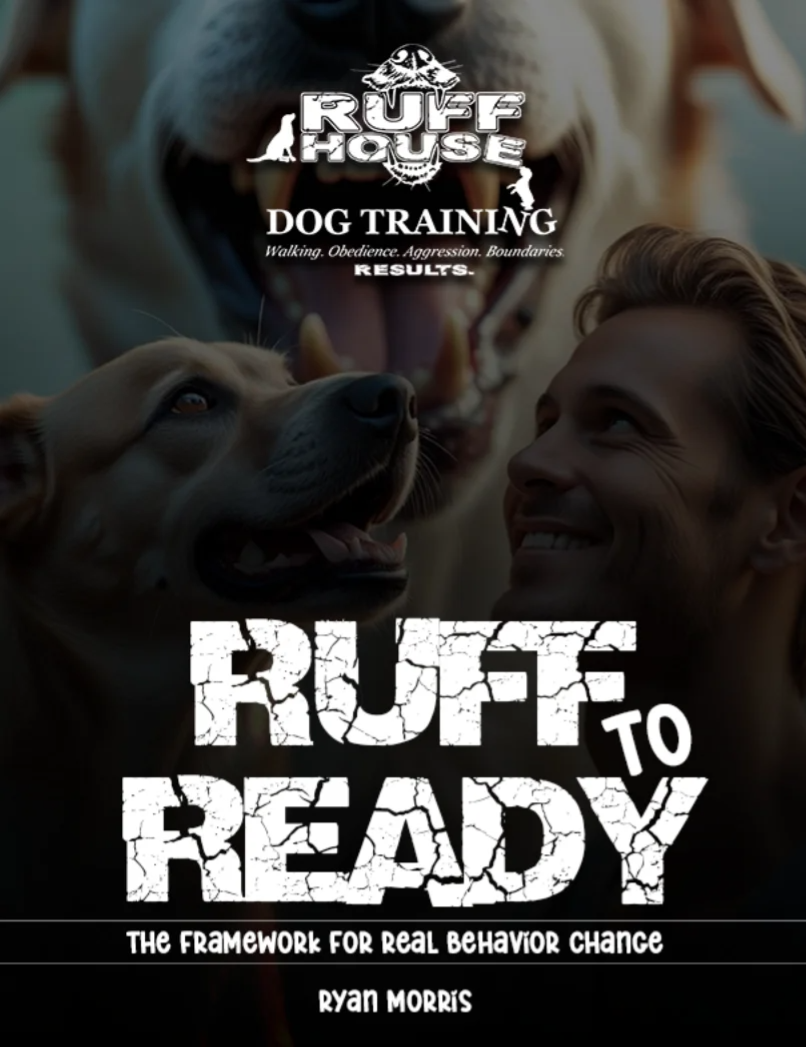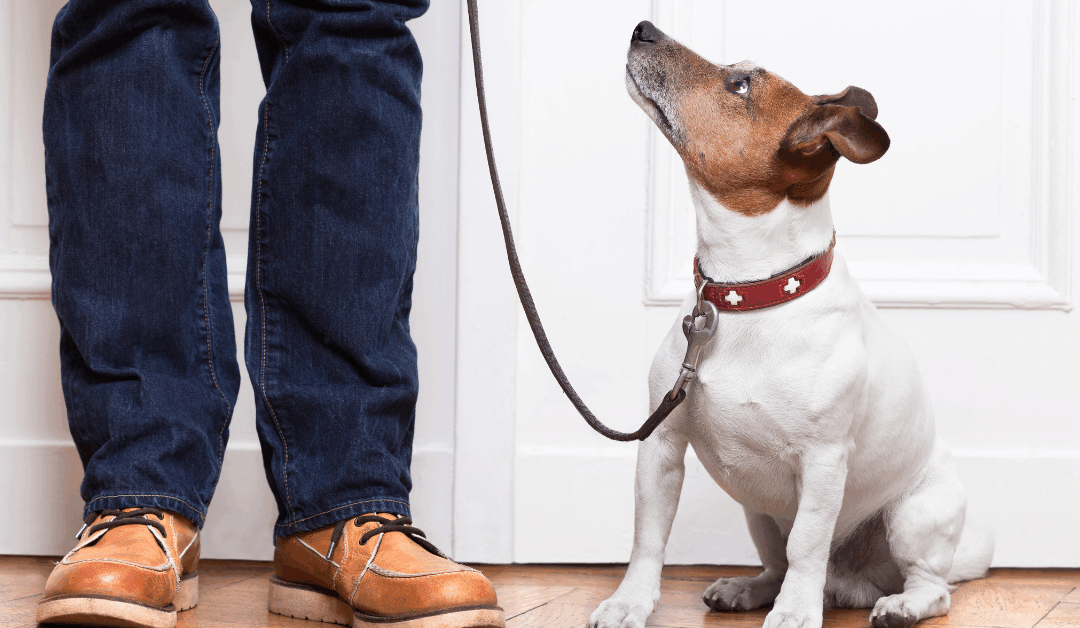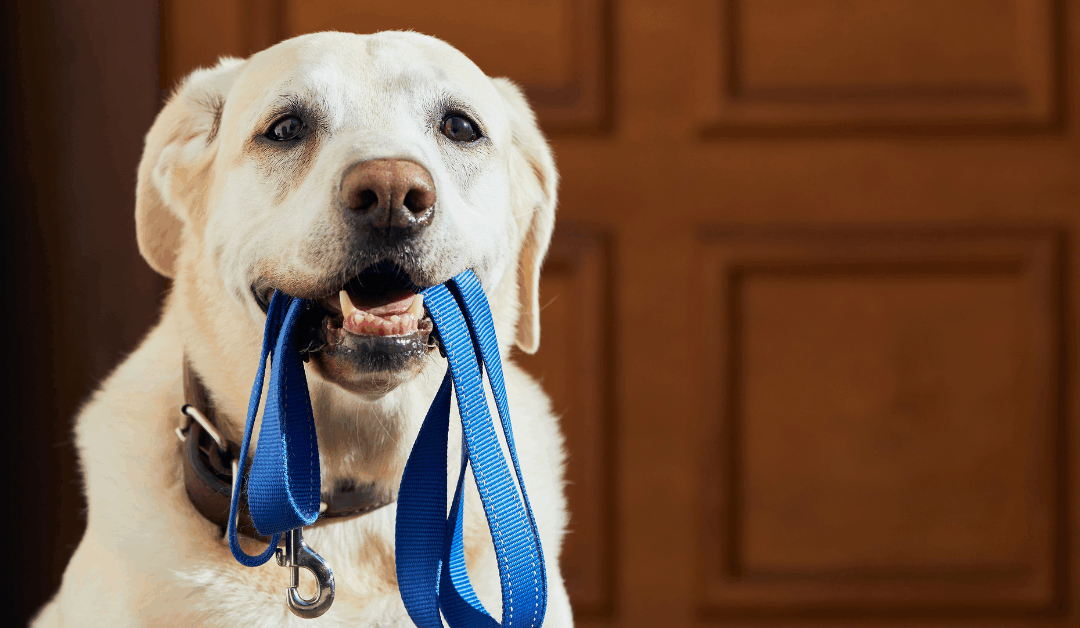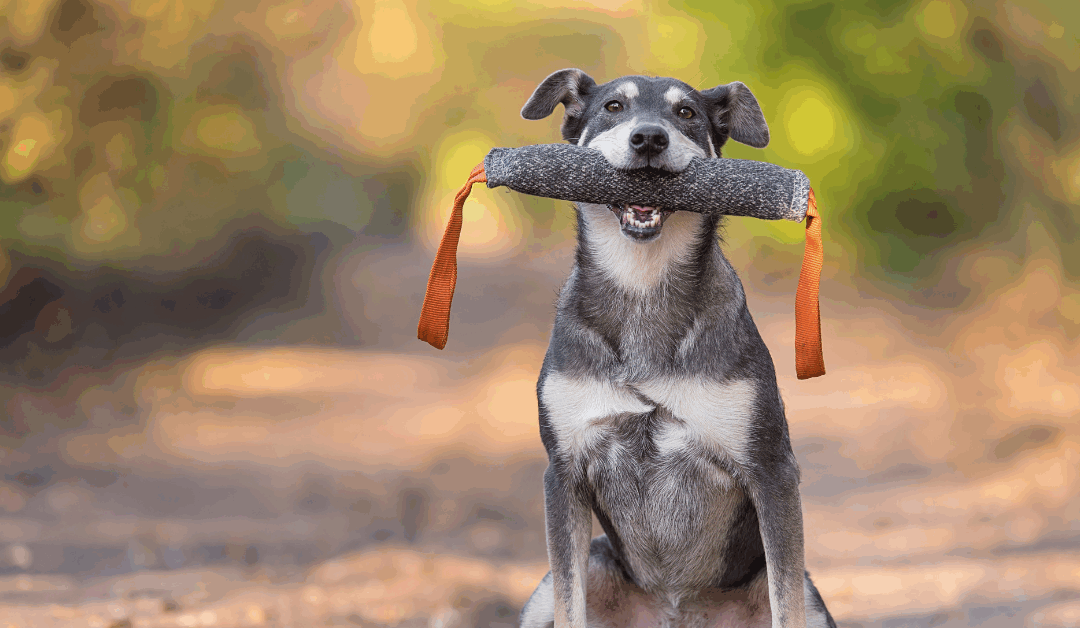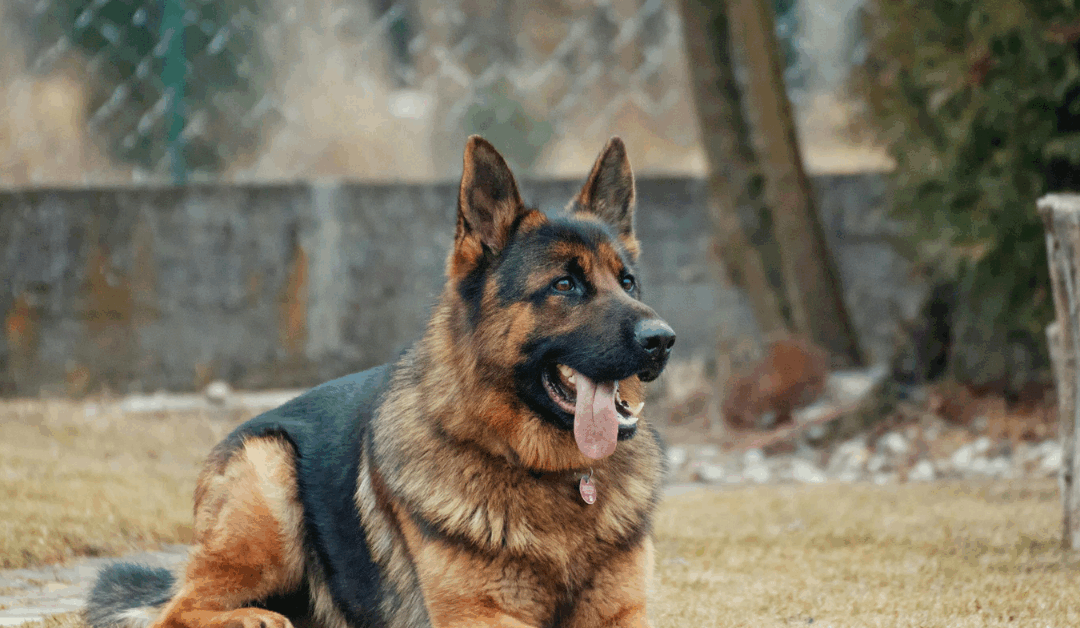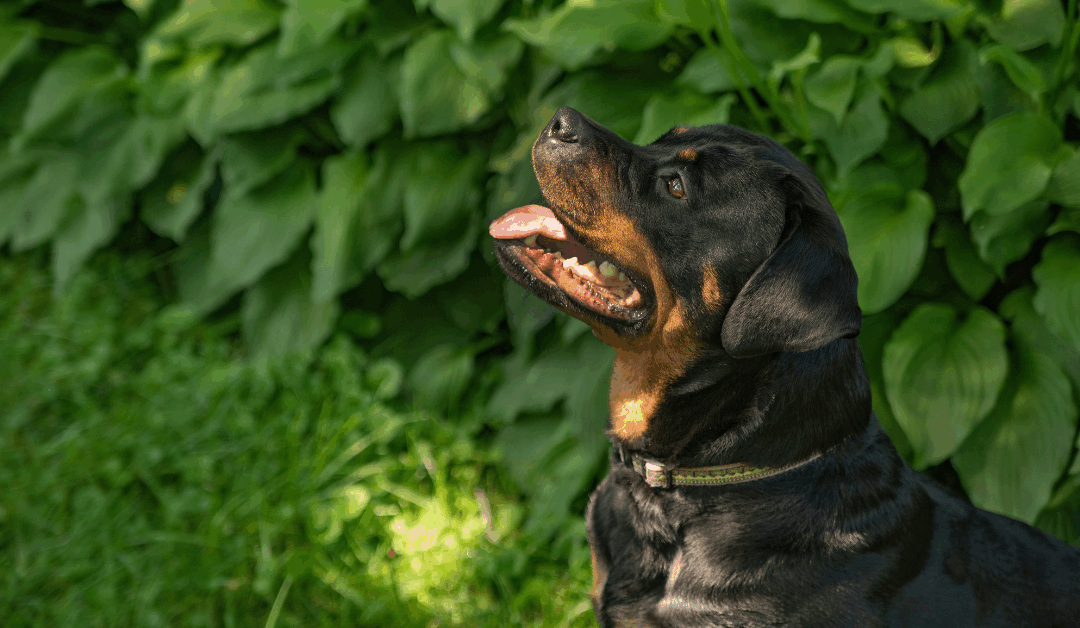Let’s paint a picture. You’re on a walk, and your dog decides to reenact a scene from The Fast and the Furious, with your arm as the tow rope. Or maybe the mailman’s daily visit triggers a barking fit that could rival a stadium concert. If this sounds familiar, you’re in the right place.
Choosing a dog obedience training program in Maryland’s suburbs can feel overwhelming. You’ve got group classes, private trainers, endless online videos, and a sea of TikTok “dog gurus” all promising a miracle cure. It’s enough to make you want to hide under the covers with a bag of chips.

Unlock Real Behavior Change – Download Your Free Guide Now
"*" indicates required fields
My name is Ryan, and I’m the founder of Ruff House Dog Training. As a veteran-owned business, I believe in no-nonsense, practical solutions. My approach is judgment-free and supportive and comes with a healthy dose of humor for those laugh-when-you-want-to-cry moments. By the end of this blog, you’ll have a clear roadmap to find the perfect training path for you and your dog.
Ready to get started? Let’s transform that chaos into calm.
Start Your Dog’s Transformation Today
Understanding Dog Training Basics
Before you invest your time and money, let’s get on the same page about what dog training really is. It’s not about magic treats or intimidation; it’s about building a strong, communicative relationship with your dog.
What Is Dog Basic Obedience Training, Really?
Dog obedience training is about more than just “sit,” “down,” and “stay.” It’s about relationship-based, structured, real-life problem-solving. I help families create calm, well-mannered dogs using honest, humane training methods. The goal is to give you the tools to understand your dog’s behavior and guide them confidently, whether you’re at home or out in the world.
The 3 Most Common Dog Training Methods
Navigating the world of dog training methods can be confusing. Here’s my honest take on the most common approaches.
Positive Reinforcement
This method involves rewarding desired behaviors with treats, praise, or toys. It’s a great way to build motivation and a positive association with training. However, relying on it exclusively can sometimes fall short in high-distraction environments where a treat isn’t enough to get your dog’s attention.
Clicker Training
A form of positive reinforcement, clicker training uses a small device to make a distinct “click” sound the moment a dog performs a correct behavior. The click is followed by a reward. It’s excellent for precision but can be cumbersome for owners to manage in everyday situations.
Aversive-Based Methods
This category includes tools like prong collars, shock collars (e-collars), and head halters. These tools are often misunderstood. When used correctly and humanely by a skilled professional, they can provide clear communication and feedback, especially for severe behaviors like reactivity. However, in the wrong hands, they can cause harm and anxiety.
At Ruff House, I use a balanced, real-world approach tailored to the individual dog. There’s no one-size-fits-all method because every dog is different. We focus on humane, effective techniques that get results.
[No Judgment—Just Real Solutions]
Training Dogs | Rules People Always Ask Me About
You’ve probably heard about rules like “3-3-3” or “7-7-7” online. Let’s break down what they mean and how they apply to your life in the Maryland suburbs.
The 3-3-3 Rule for Dogs
The 3-3-3 rule outlines the adjustment period for a new rescue dog: 3 days to decompress, 3 weeks to learn your routine, and 3 months to feel at home. For busy suburban families, it’s a crucial reminder. That early chewing or barking isn’t necessarily a “problem”—it’s your dog figuring things out. Understanding this timeline helps build trust and prevents misinterpreting normal adjustment behaviors.
The 7-7-7 Rule for Dogs
The 7-7-7 rule is a bit more varied, but it generally refers to a structured plan for socialization and skill-building over time. I use a similar principle to help dogs develop confidence. It involves gradually introducing new environments, sounds, and experiences in a controlled way. This reduces stress and teaches your dog how to read body language, which is essential for navigating dog-friendly parks and trails.
The 3 P’s of Dog Training
No matter the method, success boils down to the three P’s: Patience, Persistence, and Practice. Whether you’re working on leash manners, potty training, or reactivity, consistency is your best friend. Progress isn’t always linear, but with these three principles, you’ll get there.
What Is the Best Age for Obedience Training?
Here’s a spoiler: it’s sooner than you think. Puppies can start learning foundational skills as early as 8 weeks old. It’s never “too early” to establish good habits.
What about adult dogs? It’s also never too late. I’ve trained senior dogs who still manage to surprise their owners with new tricks and better manners. Different ages require different approaches, but every dog has the capacity to learn. Our programs are built around appropriate training goals for every stage of life.
Comparing Your Options: Which Program Fits Your Dog?
Let’s figure out what’s best for you: group classes or private training.
Group Training Classes vs. Private Training
Group classes can be great for basic socialization in a controlled setting. However, they are often a terrible environment for reactive, fearful, or easily distracted dogs. A chaotic class can make these issues worse. Many franchise trainers rely heavily on group classes, but at Ruff House, my training is 100% customized to your dog’s specific needs.
The Ruff House Options
Here’s what I offer, explained in my own voice.
- The 90-Minute Miracle: This session is designed for busy families who need fast, focused results. It’s perfect for tackling common issues like leash pulling, jumping, incessant barking, and that classic “my dog ignores me unless I’m holding a chicken” problem. We get straight to the point and deliver real-life breakthroughs.
[Schedule Your 90-Minute Miracle Now] - Six-Week Basic Obedience Training Program: This is your foundation for a well-behaved companion. It’s ideal for puppies, newly adopted rescues, or any young dog needing structure. We cover essential commands, manners, and impulse control, building good behavior into your daily life.
- Custom Training Sessions: This is our most advanced option, designed for complex issues like reactivity, aggression, fear, or tricky household dynamics. The secret weapon? Unlimited post-session support. I’m here for you long after the session ends.
How to Know Which Program Is Right for You
Still unsure? Here’s a quick guide:
- If your dog pulls on the leash like they’re training for the Iditarod… The 90-Minute Miracle will give you the tools to enjoy walks again.
- If your new puppy is in the ‘teething + opinions’ stage… The Six-Week Basic Obedience Program will set you both up for success.
- If your dog barks at leaves, shadows, and the mailman with equal fury… Let’s start with a 90-Minute Miracle to restore peace and quiet.
- If you’re dealing with reactivity or fear that makes you dread leaving the house… Our Custom Training Sessions are the answer.
[End the Barking, Chewing, and Chaos]
What Makes Ruff House Different?
You have options, so why choose Ruff House over a big-box store or a franchise trainer?
- Veteran-Owned Values: Honesty, leadership, and empathy are at the core of what I do.
- Real Results: With over 400 happy clients, the proof is in the transformed behavior.
- A “Real Person” Style: I offer a comedic, approachable, and judgment-free training experience. No dog-mom shaming here.
- Unlimited Support: This is not normal in the industry. I’m committed to your long-term success.
- Truly Tailored Training: I don’t use cookie-cutter plans. Every session is customized for your dog.
- Safe, Humane, and Balanced: I avoid extremes and focus on what works for your dog while prioritizing their well-being.
Helpful Resources and Links
Here are a few helpful resources and links about dog obedience training:
- CCPDT Resources: A comprehensive list of resources for dog training, therapy dog certification, and understanding dog behavior. Visit CCPDT Resources
- Preventive Vet’s Recommended Resources: A curated list of dog training and behavior resources based on the latest research. Check Preventive Vet Resources
- Free Dog Training Courses on Facebook: A community offering free online resources for obedience and service dog training. Join the Facebook Group
- CyberOptik’s Best Dog Training Websites: A roundup of the best websites for dog training tips and resources. View CyberOptik’s List
- American Kennel Club (AKC) Training Resources: Offers articles, videos, and tips for training dogs of all ages and breeds. Visit AKC Training Resources
- ASPCA Dog Training Tips: Provides practical advice and step-by-step guides for training your dog. Explore ASPCA Training Tips
These resources are non-competitive and provide valuable insights into dog obedience training. Let me know if you’d like more details!

You Just Need the Right Guide
Training your dog is a journey, not a race. Choosing the right obedience program can change everything, bringing peace to your home and giving you the confidence to enjoy life with your dog. You don’t have to do it alone.
Your dog won’t train himself. Let’s do this together.
